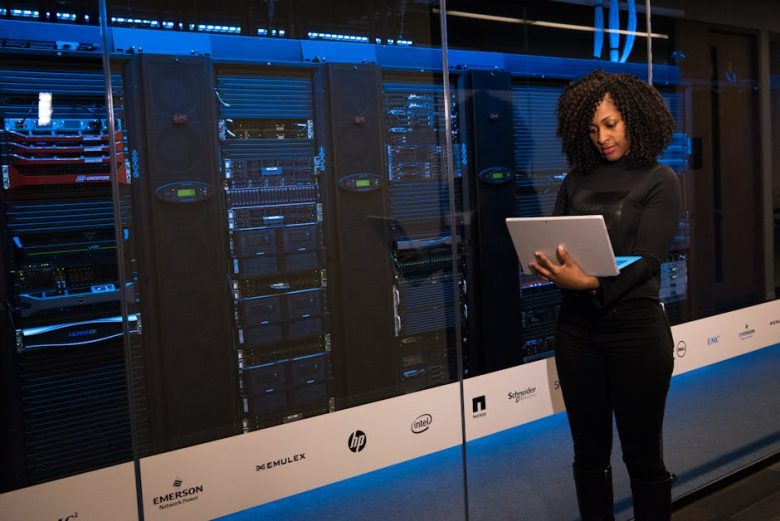In a world that thrives on innovation and connectivity, technology has become an inseparable part of our daily lives. From the moment we wake up to the sound of our smartphones to the time we unwind with our favorite streaming service, screens are omnipresent. While the conveniences offered by technology are undeniable—making communication instantaneous and information readily accessible—there’s a growing concern that our reliance on these devices may come at a significant cost to our mental well-being and social interactions.
As we navigate through this digital landscape, it’s easy to overlook the subtle ways technology influences our behavior and relationships. We often find ourselves caught in a paradox: the more connected we become online, the more isolated we may feel in our physical surroundings. This dichotomy raises an important question—are we sacrificing our humanity in exchange for convenience? As we delve into the hidden dangers of everyday technology, we must confront the emotional and psychological implications that accompany our digital lives.
One of the most concerning aspects of our tech-driven existence is the impact on our interpersonal relationships. While social media platforms and messaging apps allow us to stay in touch with friends and family, they can also create a false sense of connection. Studies indicate that excessive use of these platforms can lead to feelings of loneliness and depression, as users often compare their real lives to the curated versions of others. The emotional weight of these comparisons can erode self-esteem and lead to a disconnect from the genuine relationships that nurture us.
Moreover, the constant notifications and demands for our attention can cause significant stress and anxiety. The phenomenon of “technostress” is becoming increasingly prevalent, as individuals struggle to keep up with the relentless pace of information. This chronic state of distraction not only affects our productivity but also diminishes our ability to engage meaningfully with the world around us. As our focus shifts from the present moment to the next ping or alert, we risk losing the depth of experience that comes from being fully present.
Children and adolescents are particularly vulnerable to the adverse effects of technology. With the rise of smartphones and tablets, young people are exposed to a digital landscape that can be both enriching and hazardous. The prevalence of cyberbullying, exposure to inappropriate content, and the pressure to maintain an online persona can have lasting emotional repercussions. Parents and educators must navigate this complex terrain, seeking to balance the benefits of technology with the need for healthy emotional development.
Despite these alarming trends, there is hope. Awareness of the potential dangers associated with technology is the first step toward reclaiming our humanity. By fostering a culture of mindfulness and intentionality in our tech usage, we can create a healthier relationship with our devices. Initiatives that encourage digital detoxes, promote face-to-face interactions, and prioritize mental well-being can help mitigate the negative impacts of our tech-centric lifestyles.
In conclusion, while technology undoubtedly enhances our lives in many ways, we must remain vigilant about its hidden dangers. By recognizing the emotional and social costs of our digital habits, we can strive to create a more balanced existence. The challenge lies in embracing the benefits of technology while safeguarding our humanity, ensuring that we remain connected not just through screens, but in the rich, meaningful ways that truly enrich our lives.



